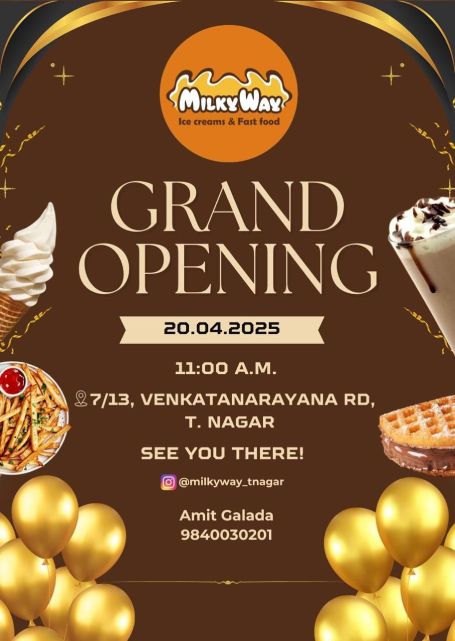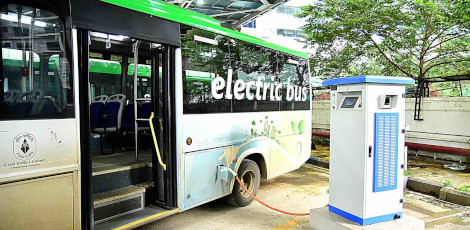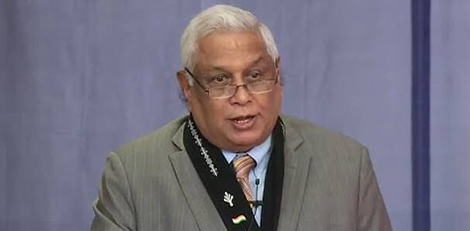FAST BREEDER TEST REACTOR BUILDING AT KALPAKKAM TURNS 25
Posted on: 07/Oct/2010 2:28:19 AM

The FBTR, the symbol of the country`s self-reliance and ingenuity in nuclear power technology, attained its first criticality at Kalpakkam in Tamil Nadu on the same date 25 years back.
The FBTR is at the heart of the Indira Gandhi Centre for Atomic Research (IGCAR) at Kalpakkam, and it is a forerunner to the second stage of the country`s nuclear power programme, under which several breeder reactors will be built.
The FBTR`s successful working has given enough confidence to the Department of Atomic Energy to build the 500 megawatt electrical (MWe) Prototype Fast Breeder Reactor (PFBR), also at Kalpakkam. It is silver jubilee too for the Radiometallurgy Laboratory (RML) at IGCAR, which became the foundation for testing the FBTR`s fuel, control rod materials and fuel pins.
According to IGCAR Director Baldev Raj , the FBTR is a unique reactor in the world, and it has worked wonderfully well in the last 10 years. The Fast Reactor technology was �a difficult and challenging technology,� and �walking this journey for the past 25 years has given us a tremendous experience� in building breeder reactors, he said. The FBTR uses a �unique� plutonium-uranium carbide fuel, which was developed specially for it, and its behaviour has been excellent. Liquid sodium is the coolant. �Today, we are the world leader in Fast Reactors, or we are among the world leaders. We are definitely there,� asserted Dr. Raj.
Fast Reactors use �fast` (high energy) neutrons to sustain the fission process, in contrast to water-cooled reactors that use �thermal� (low energy) neutrons. Fast Reactors are commonly known as breeders because they breed more fuel than they consume. In Homi Bhabha`s vision for the country`s nuclear electricity programme, the breeder reactors occupy the centre stage and form a bridge between the first and third stages. Under the first stage, 17 Pressurised Heavy Water Reactors (PHWRs) that use natural uranium as fuel are already operating in India. The second stage envisages building a series of breeders that will use plutonium reprocessed from the PHWRs` spent fuel and their depleted uranium. The Fast Reactors will form the �bread and butter� of the country`s nuclear power programme. For they will be able to generate about 6 lakh MWe with the country`s uranium reserves. In the third stage, abundant thorium reserves in the country`s and uranium-233 produced in the breeders will be used to generate electricity.
�So the FBTR is extremely important for us. But there were huge uncertainties and we had a long struggle,� said Dr. Raj. Developing the carbide fuel was difficult. Industries in the country had to make all the components for the reactor. Sodium had to be purified to a high level. Sensors and instrumentation to test sodium purity and detect leakages had to be robust. The FBTR had to be loaded with 100 tonnes of liquid sodium and a large quantity of plutonium-bearing fuel.
�In the beginning, we had to meet one challengnge after another. The reactor hardly operated in the initial years,� he said.
There were only two major incidents in the reactor`s operation: leaking of 100 kg sodium, and the fuel sub-assemblies getting bent. The latter led to the FBTR being shut down for three years. But the reactor`s working in the last 10 years has been exceptional. �The technology has been made so robust that today we can start and stop the reactor at will,� he said. All the experiments needed for building the PFBR had been done in the FBTR.








